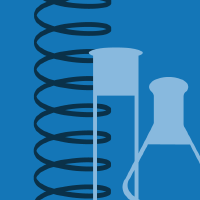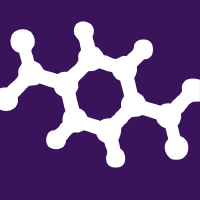Topic Menu
► Topic MenuTopic Editors



Nanomaterials in Green Analytical Chemistry
Topic Information
Dear Colleagues,
Sample preparation and pretreatment procedures increasingly demand the use of powerful and, if possible, universal materials for extraction, microextraction, purification, fractionation, and other separation procedures. In biological, food, environmental, and many other types of samples, the sample preparation step, in addition to being crucial for the overall performance of the analysis, also remains critical because of the production of several wastes. Therefore, the employment of environmentally friendly and low-quantity materials has become popular in numerous analytical methods aiming to target analytes, including metals, biomolecules, metabolites, and organic pollutants. Nanomaterials can further the development of green analytical chemistry in this sense. For this Special Issue, we invite the submission of original research articles or reviews reporting on current advances in analytical method development and applications of nanomaterials of all types, including graphene, carbon nanotubes, ceramic, metallic materials, metal–organic frameworks, magnetic nanostructures, and other nanocomposites, in sample preparation and in all kinds of separation techniques.
Prof. Dr. George Zachariadis
Dr. Rosa Peñalver
Dr. Natalia Manousi
Topic Editors
Keywords
- green analytical methods
- nanomaterials
- nanotubes
- graphene
- metal organic frameworks
- sample treatment
- microextraction
- preconcentration
- magnetic
- dispersive
- solid phase
Participating Journals
| Journal Name | Impact Factor | CiteScore | Launched Year | First Decision (median) | APC |
|---|---|---|---|---|---|

Analytica
|
3.6 | 3.7 | 2020 | 20 Days | CHF 1200 |

Molecules
|
4.6 | 8.6 | 1996 | 16.1 Days | CHF 2700 |

Nanomaterials
|
4.3 | 9.2 | 2010 | 15.4 Days | CHF 2400 |

Polymers
|
4.9 | 9.7 | 2009 | 14 Days | CHF 2700 |

Magnetochemistry
|
2.5 | 4.6 | 2015 | 16 Days | CHF 2200 |

Biosensors
|
5.6 | 9.8 | 2011 | 21.8 Days | CHF 2200 |

Preprints.org is a multidisciplinary platform offering a preprint service designed to facilitate the early sharing of your research. It supports and empowers your research journey from the very beginning.
MDPI Topics is collaborating with Preprints.org and has established a direct connection between MDPI journals and the platform. Authors are encouraged to take advantage of this opportunity by posting their preprints at Preprints.org prior to publication:
- Share your research immediately: disseminate your ideas prior to publication and establish priority for your work.
- Safeguard your intellectual contribution: Protect your ideas with a time-stamped preprint that serves as proof of your research timeline.
- Boost visibility and impact: Increase the reach and influence of your research by making it accessible to a global audience.
- Gain early feedback: Receive valuable input and insights from peers before submitting to a journal.
- Ensure broad indexing: Web of Science (Preprint Citation Index), Google Scholar, Crossref, SHARE, PrePubMed, Scilit and Europe PMC.

